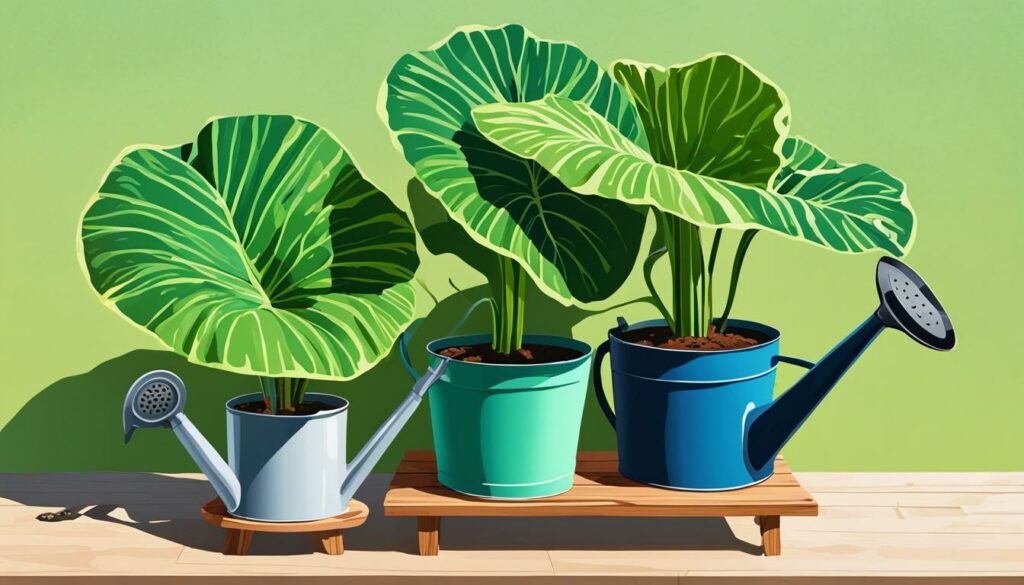Elephant ear plants, also known as colocasia, alocasia, and xanthosoma, are beloved for their large, dramatic leaves that resemble elephant ears. They can make a stunning addition to any space, whether indoors or outdoors. In this guide, we will cover everything from their appearance and light requirements to watering, fertilizing, and dealing with pests and diseases.
Elephant Ear Plant Overview

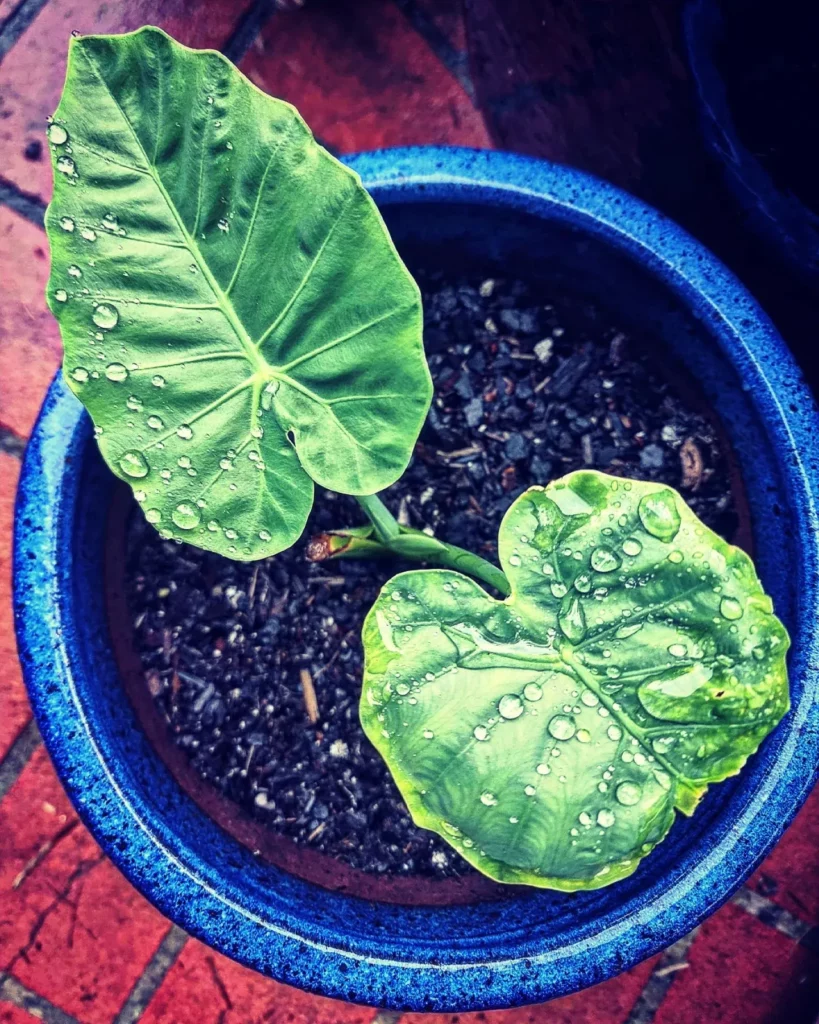
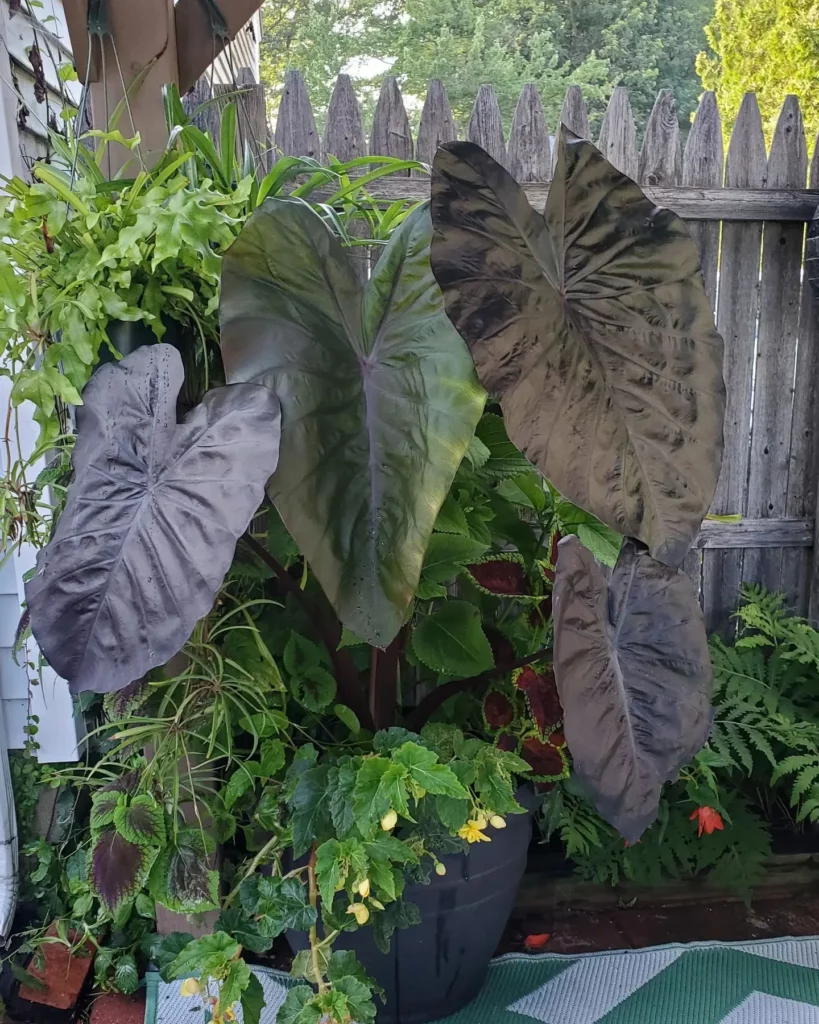
Elephant ear plants, also known as elephant ears, taro, and coco yam, belong to the genera colocasia, alocasia, and xanthosoma. These tropical perennials are part of the Araceae family. With their large, dramatic leaves, they can grow to be 3-6 feet tall, depending on the variety. Elephant ear plants thrive in full sun to part shade, making them versatile for various outdoor spaces. To ensure their optimal growth, these plants prefer moist, slightly acidic soil and are hardy in USDA zones 8-10.
| Type | Common Names | Family | Mature Size | Sun Exposure | Soil Type | Hardiness Zones |
|---|---|---|---|---|---|---|
| Tropical Perennial | Elephant Ears, Taro, Coco Yam | Araceae | 3-6 feet tall | Full sun to part shade | Moist, slightly acidic | 8-10 |
Types of Elephant Ear Plants
Elephant ear plants come in various types, each with its own unique characteristics. Some popular varieties include:
- Colocasia esculenta (Elephant Ears)
- Alocasia amazonica (African Mask)
- Xanthosoma sagittifolium (Arrowleaf Elephant Ear)
Appearance of Elephant Ear Plants
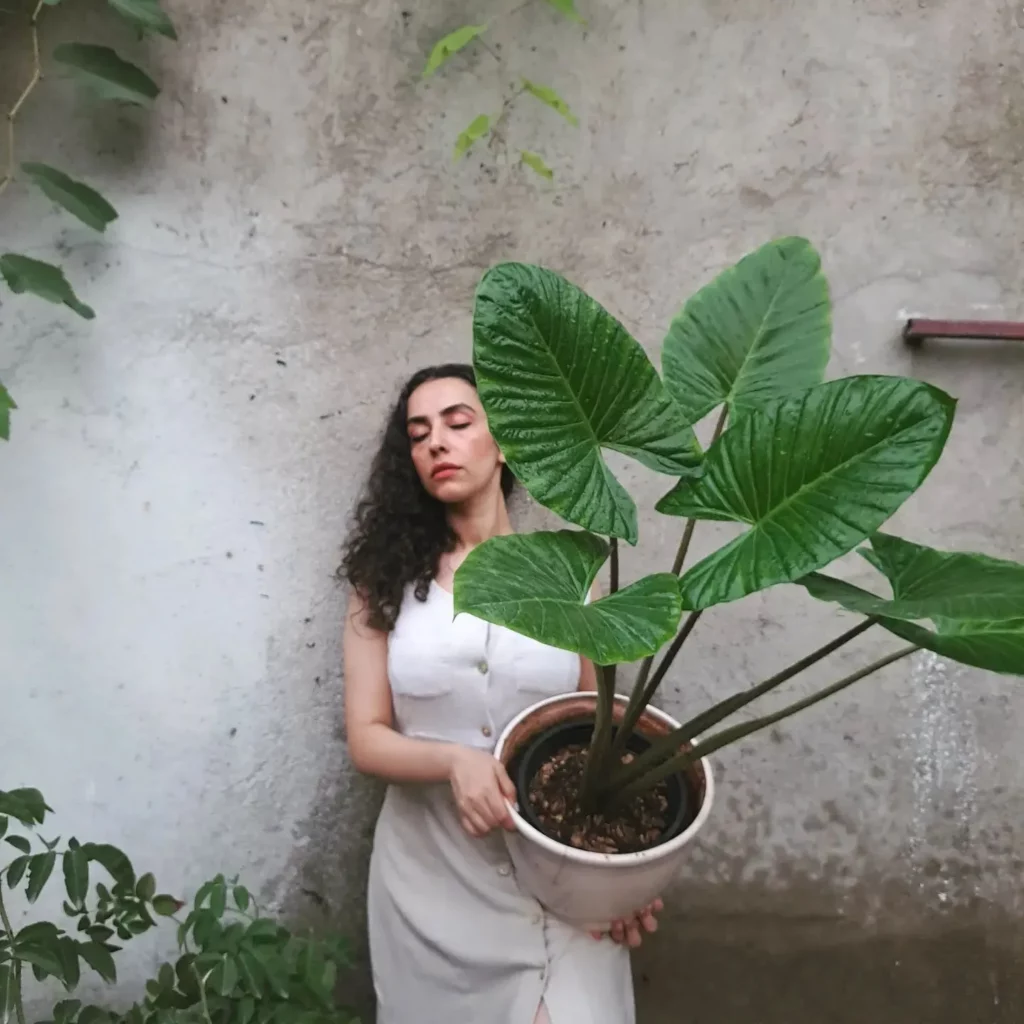
Elephant ear plants are known for their large, heart-shaped leaves that resemble elephant ears. The size of the leaves can vary depending on the variety, with some reaching up to 5 feet long. These impressive leaves create a dramatic and tropical look in your garden or indoor space.
When it comes to leaf color, elephant ear plants offer a stunning range. The leaves can be green, black, purple, or chartreuse, adding vibrant hues to your landscape. The variety in leaf color allows you to create different visual effects and combinations for a visually pleasing display.
For those looking for even more visual interest, there are variegated varieties of elephant ear plants available. Varieties such as ‘Mojito’ and ‘Black Magic’ feature unique patterns of color on the leaves, with streaks or patches of contrasting colors. These variegated varieties add an extra touch of uniqueness and beauty to your elephant ear collection.
Key Points:
- Elephant ear plants have large, heart-shaped leaves
- Leaf size can vary, with some reaching up to 5 feet long
- Leaves come in various colors, including green, black, purple, and chartreuse
- Variegated varieties feature unique color patterns on the leaves
Light Requirements for Elephant Ear Plants
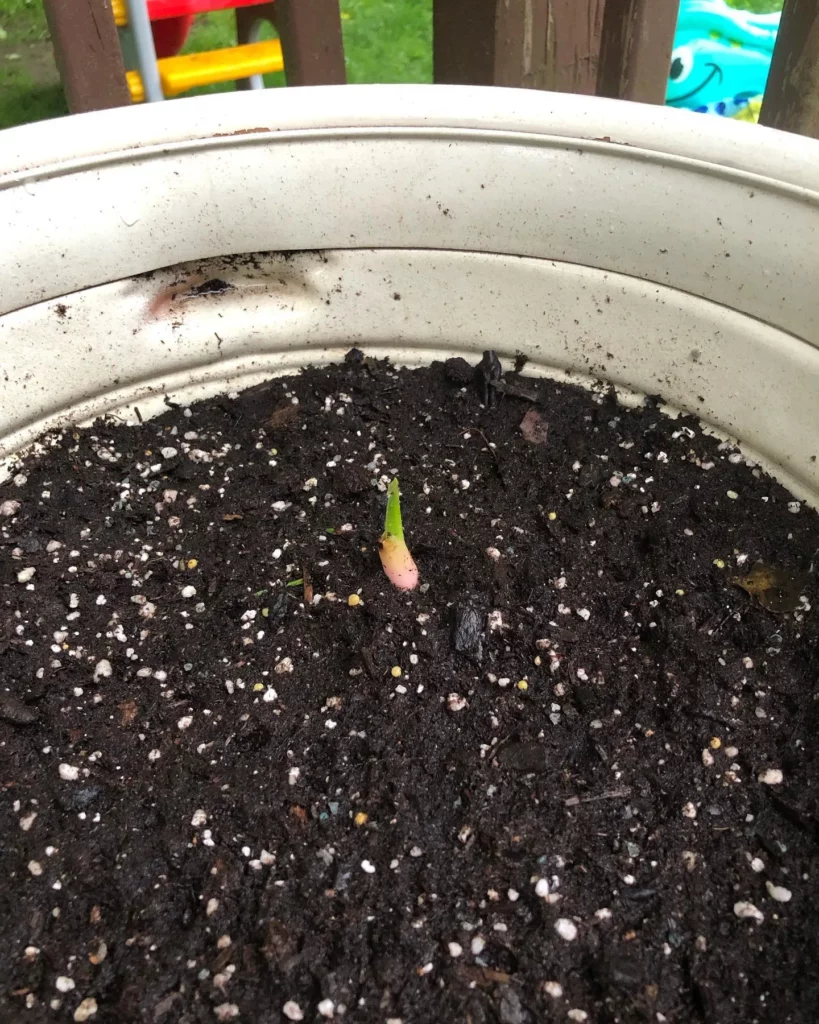
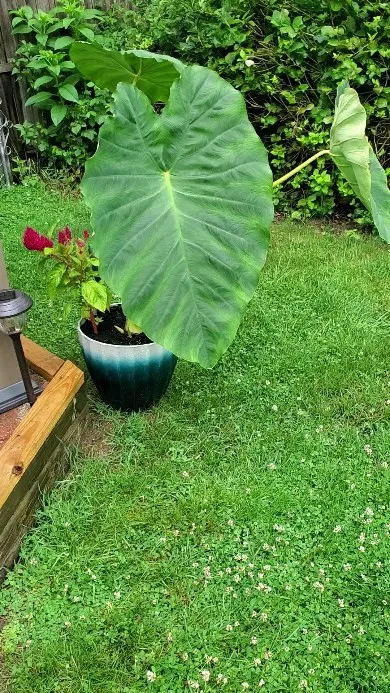

When it comes to growing healthy elephant ear plants, providing the right amount of light is crucial. These tropical perennials can tolerate a variety of light conditions, but they have specific preferences that can affect their leaf coloration and overall growth.
Sun Exposure
Elephant ear plants can be grown in full sun, especially in cooler climates. However, they tend to thrive in locations with part shade or dappled sunlight. This means finding a spot in your garden or indoors where the plant will receive a few hours of direct sunlight each day, balanced with some shade to protect the leaves from scorching.
Part Shade
Part shade is an ideal condition for elephant ear plants. It provides them with a balance of sunlight and shade, allowing the plant to thrive without the risk of sunburn. In part shade, the leaves can develop their characteristic colors and patterns while still receiving sufficient light for photosynthesis.
Shade
Although elephant ear plants can tolerate shade, excessive shade can affect their growth and leaf coloration. If grown in deep shade, the leaves may become lighter, losing the intensity of their natural colors. Therefore, it’s best to avoid growing them in areas with heavy shade to ensure vibrant and healthy foliage.
Leaf Coloration
The amount of sunlight your elephant ear plant receives can significantly impact its leaf color. More sun exposure generally results in more intense and vibrant colors. Cultivars with darker leaves, such as ‘Black Magic’ or ‘Black Stem’, require more sunlight to maintain their rich, dark hues. On the other hand, too much shade can cause the leaves to become lighter in color.
Watering Elephant Ear Plants

Proper watering is essential for the health and well-being of your elephant ear plants. Understanding their water requirements and maintaining the right moisture level will help you avoid common watering mistakes such as overwatering or underwatering.
Elephant ear plants thrive in consistently moist soil, but it’s important not to keep them overly wet. To prevent overwatering, make sure the soil is kept moist, but not soggy. One way to check if it’s time to water is to touch the top inch of soil with your finger. If it feels slightly dry, it’s time to water again.
In drier climates, you may need to water your elephant ear plants more frequently to maintain the ideal moisture level. Daily or frequent watering may be necessary, but always be mindful of not overwatering.
On the other hand, underwatering can also cause stress to your plants. You should never let the soil dry out completely. If the leaves start to wilt or the soil becomes extremely dry, it’s a sign that your plants need water.
To ensure you are watering your elephant ear plants correctly, monitor the soil moisture regularly. Stick to a consistent watering routine, adjusting it as needed based on the environmental conditions.
No products found.
Fertilizing Elephant Ear Plants
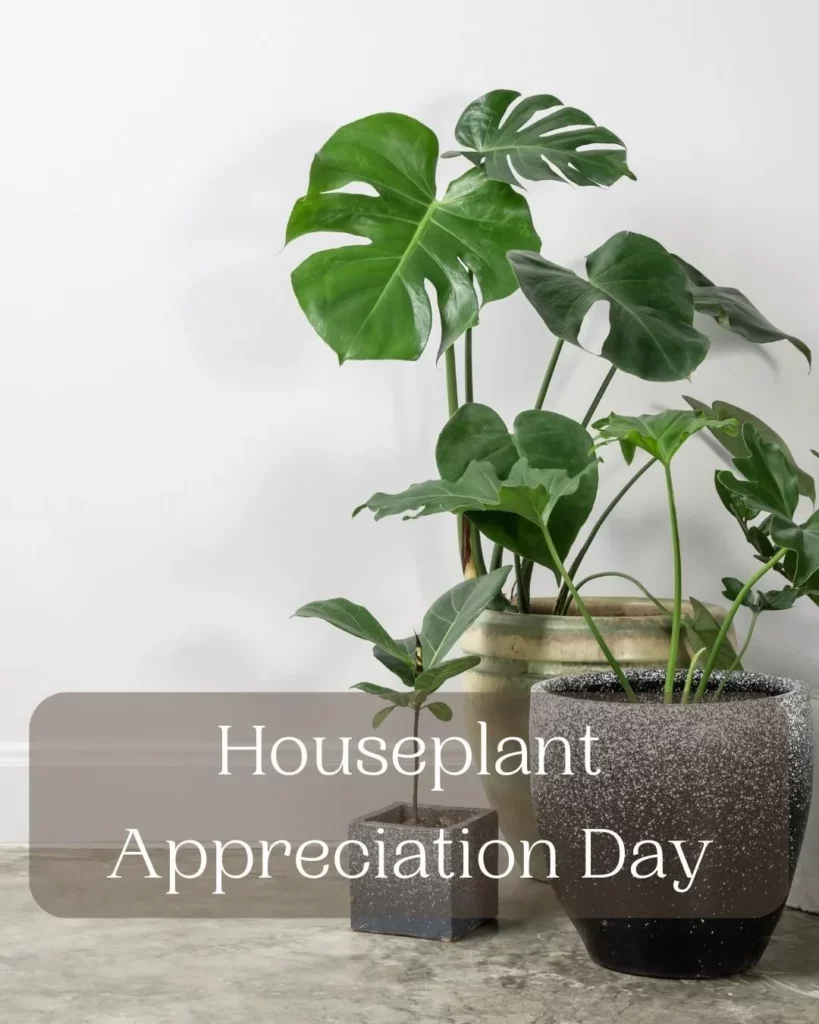


Proper fertilization is essential for the healthy growth and development of your elephant ear plants. These plants are heavy feeders and require regular fertilization to thrive. By providing the right nutrients, you can enhance leaf growth and overall plant vigor.
When it comes to fertilizing elephant ear plants, it’s important to choose the right fertilizer type and follow the correct frequency of application. A water-soluble, high-nitrogen fertilizer is recommended for these plants. This type of fertilizer provides the necessary nutrients to support healthy leaf growth.
To meet the nutrient needs of your elephant ear plants, apply the fertilizer every two to three weeks during the growing season, which typically spans spring and summer. This regular schedule ensures that the plants receive a consistent supply of nutrients. However, refrain from fertilizing your plants during the winter months when growth slows down.
| Fertilizer Type | Recommended Nutrient Needs | Frequency |
|---|---|---|
| Water-soluble, high-nitrogen fertilizer | Provides essential nutrients for healthy leaf growth | Apply every two to three weeks during the growing season |
Potting and Repotting Elephant Ear Plants
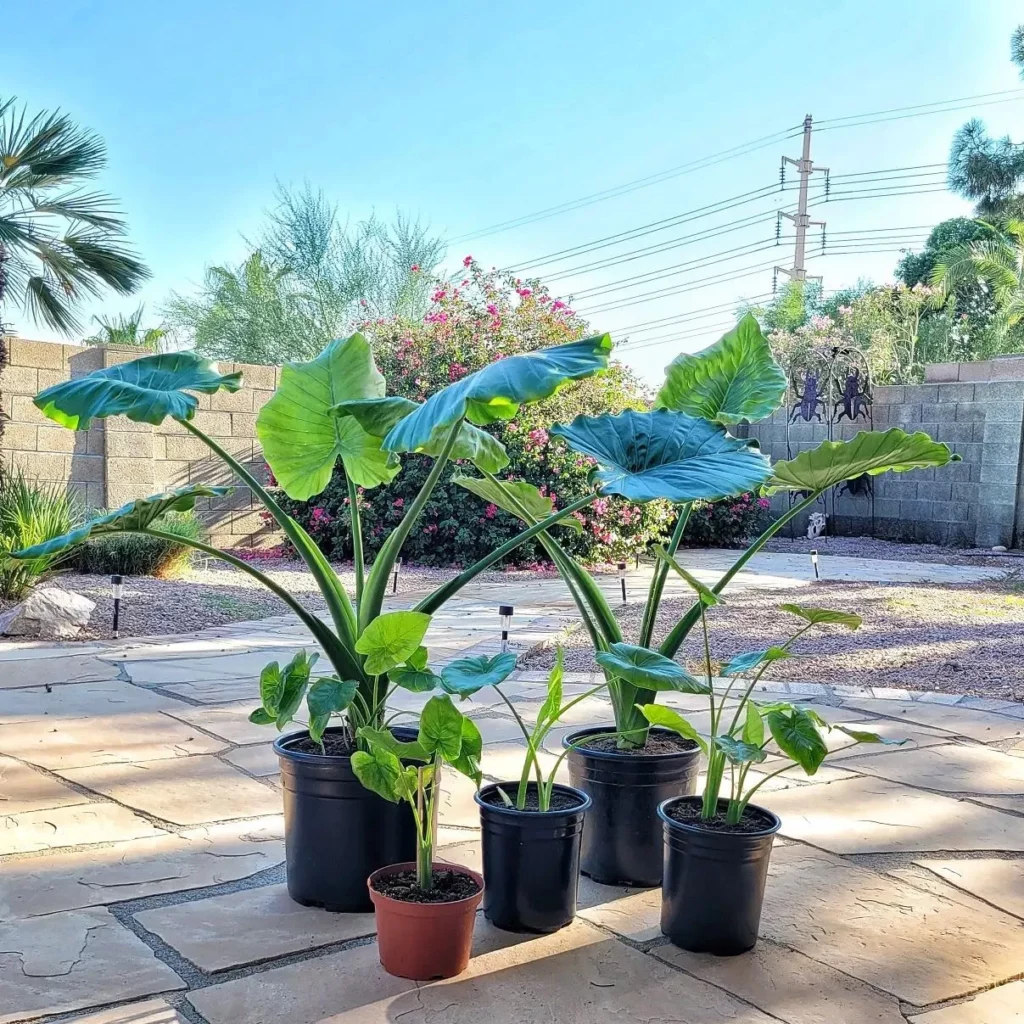
Proper potting and repotting are essential for the healthy growth of your elephant ear plants. Here’s what you need to know:
Potting Mix
When potting your elephant ear plant, use a well-draining potting mix that retains moisture without becoming waterlogged. Look for a mix specifically formulated for tropical plants or create your own by combining peat moss, perlite, and potting soil.
Drainage
Adequate drainage is crucial to prevent root rot in elephant ear plants. Ensure that the pot you choose has drainage holes at the bottom to allow excess water to escape. Avoid using saucers that can trap water and lead to waterlogging.
Repotting Frequency
Repotting should be done every two to three years or when the roots become crowded in the current pot. As elephant ear plants grow, they require more space for their roots to expand. When repotting, choose a pot that is slightly larger than the current one to accommodate the plant’s growth.
No products found.
Propagating Elephant Ear Plants
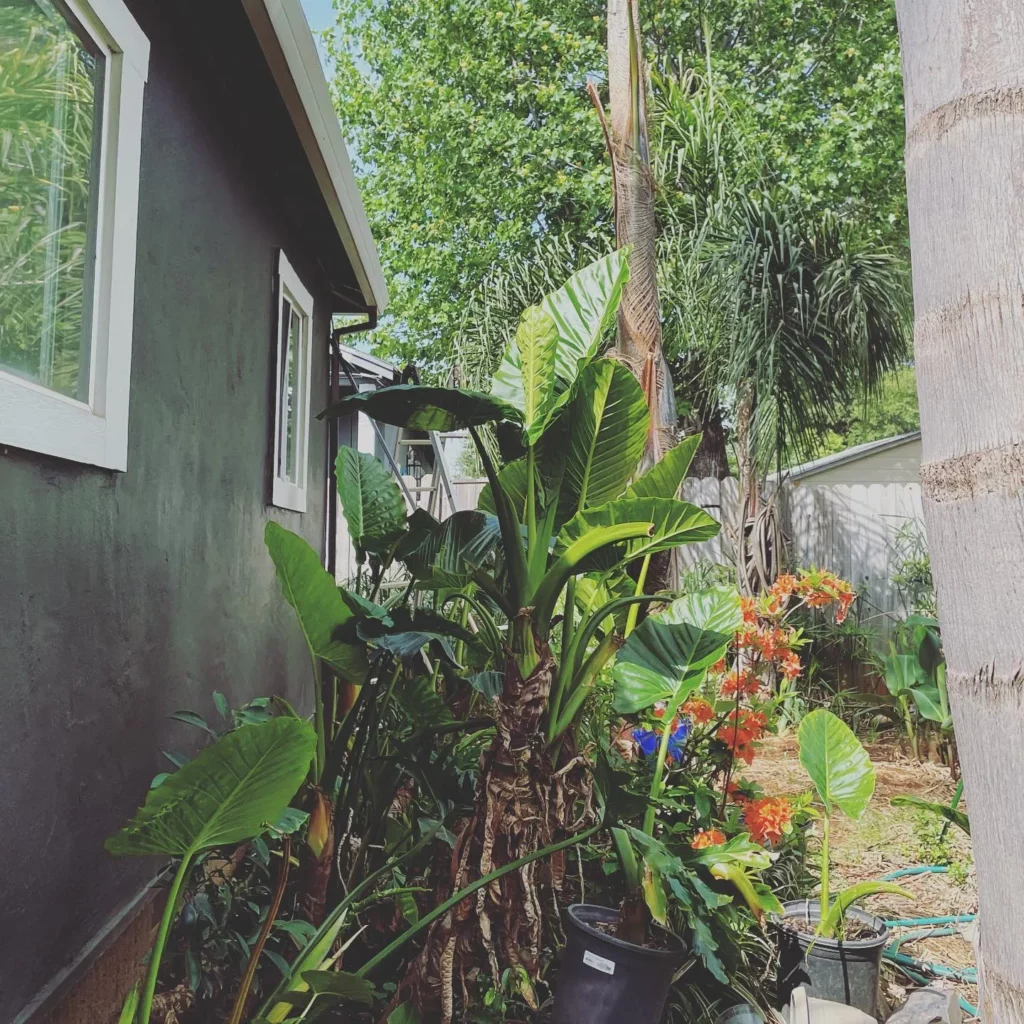
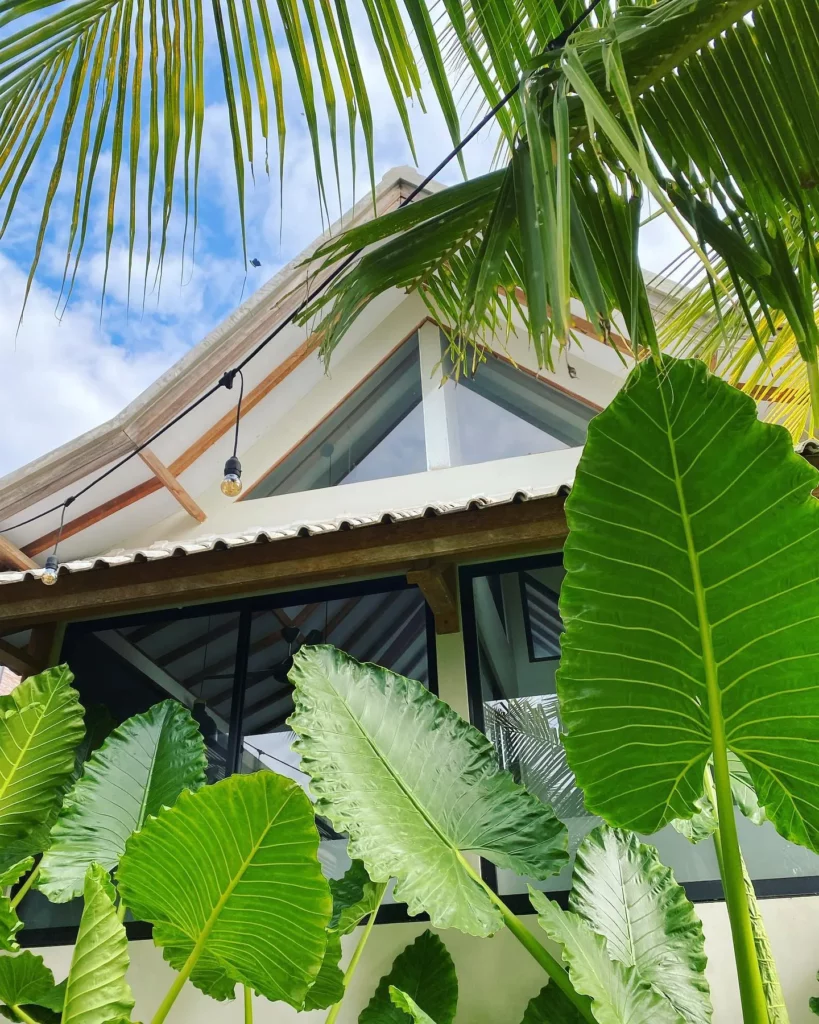

If you want to expand your collection of elephant ear plants or share them with fellow gardening enthusiasts, propagation is a great way to go. Elephant ear plants can be propagated through various methods, each with its own requirements and success rates.
1. Division
Propagation through division involves separating the plant into clumps with at least one growth node. This method works well for mature plants that have developed multiple shoots. Carefully dig up the plant and gently separate the clumps, ensuring each division has sufficient roots and shoots. Plant these divisions in separate pots or garden beds, providing them with optimal growing conditions.
2. Tubers
Tubers are another means of propagating elephant ear plants. When the plant goes dormant and the foliage dies back, carefully dig up the tubers and store them in a cool, dry place over the winter. In the spring, the tubers can be planted in pots or directly in the garden soil, ensuring they are covered with a few inches of soil. Over time, the tubers will sprout new growth and develop into mature plants.
3. Tissue Culture
For certain varieties of elephant ear plants, tissue culture is a viable propagation method. This technique involves growing plants from tiny pieces of plant tissue, typically in a laboratory setting. Tissue culture allows for large-scale production of genetically identical plants and can be a faster way to propagate rare or unique cultivars. If you’re interested in tissue culture, it’s best to seek assistance from experts or specialized nurseries.
4. Seed
While less common, elephant ear plants can also be grown from seed. Keep in mind that seed propagation can be more challenging and time-consuming compared to other methods. To grow plants from seed, collect mature seeds from the plant and sow them in a well-draining potting mix. Maintain consistent moisture and warmth to promote germination. It’s important to note that offspring grown from seed may not produce identical characteristics to the parent plant.
Comparison of Elephant Ear Plant Propagation Methods
| Propagation Method | Requirements | Success Rate |
|---|---|---|
| Division | Mature plants with multiple shoots | High |
| Tubers | Dormant plants with tubers | Moderate |
| Tissue Culture | Specialized laboratory equipment and expertise | High |
| Seed | Mature seeds and specific growing conditions | Variable |
Growth and Development of Elephant Ear Plants

Elephant ear plants have a moderate growth rate, making them an exciting addition to any garden or indoor space. During the active growing season, these plants can produce one new leaf every month, showcasing their remarkable vitality and resilience. This consistent growth rate allows elephant ear plants to continuously add beauty and vibrancy to their surroundings.
However, it’s important to note that elephant ear plants may enter a period of dormancy during the colder months. This natural dormancy phase is characterized by the foliage withering and dying back. While this might be a cause for concern, it’s just a temporary response to the changing seasons. Rest assured that your elephant ear plant will regrow and thrive in the following spring, demonstrating its resilience in the face of seasonal changes.
With proper care and attention, elephant ear plants can live for many years, adding a touch of tropical elegance to your space. These plants have a remarkable longevity, allowing you to enjoy their majestic leaves for an extended period. Their ability to withstand dormancy and recover during the warmer seasons is a testament to their durability and adaptability.
Elephant Ear Plant Growth Observations
To help you better understand the growth and development of elephant ear plants, here are some key observations:
| Attribute | Description |
|---|---|
| Growth Rate | Moderate |
| Dormancy | Seasonal, foliage withers and dies back |
| Seasonal Changes | Dormancy during colder months, regrowth in spring |
| Longevity | Can live for many years with proper care |
Dealing with Pests and Diseases
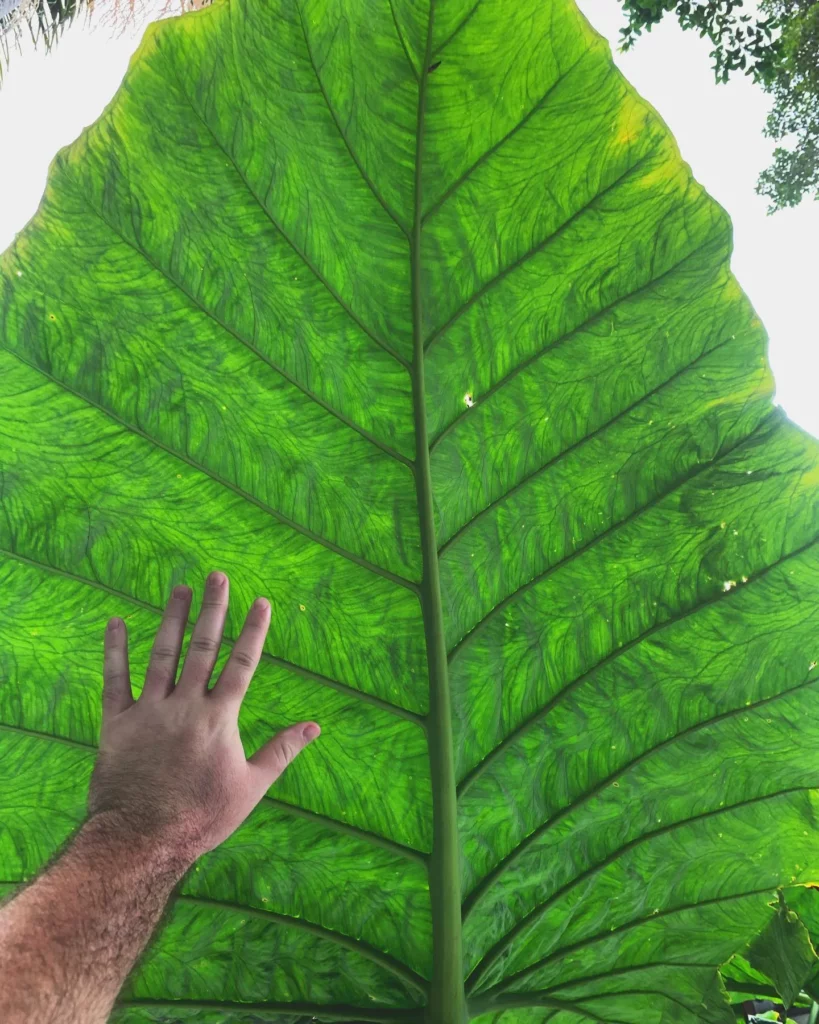

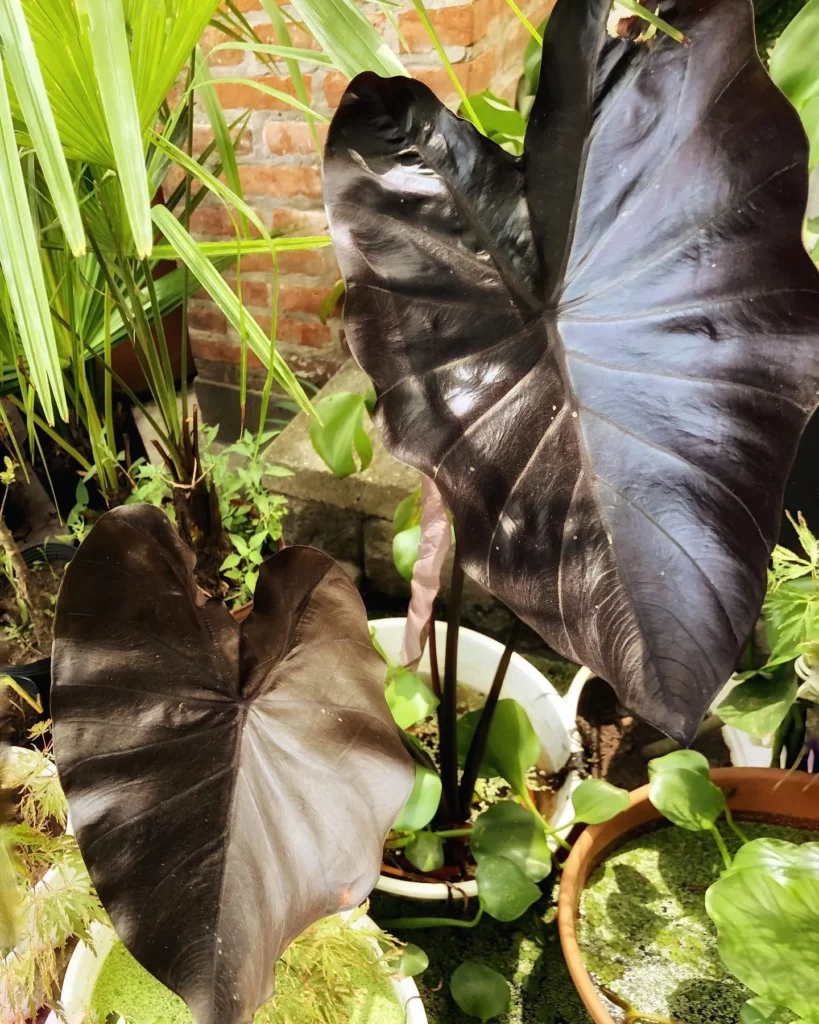
Elephant ear plants, like any other plant, can be susceptible to pests and diseases. Regular monitoring and proper care are essential for preventing and treating common issues such as fungal leaf blight and root rot. By following these steps and implementing effective prevention and treatment methods, you can ensure the health and vitality of your elephant ear plant.
Pest Management
Common pests that may affect elephant ear plants include aphids, spider mites, and mealybugs. These pests can cause damage to the leaves and overall plant health. To manage pest infestations:
- Inspect your plant regularly for any signs of pest activity, such as damage to leaves or the presence of insects.
- If you spot pests, gently remove them by hand or use a mild insecticidal soap to control their population.
- Keep your plant clean by regularly wiping down the leaves with a damp cloth to prevent dust and debris buildup.
- Introduce beneficial insects like ladybugs or lacewings to naturally control pest populations.
Treatment for Fungal Leaf Blight
Fungal leaf blight is a common disease that can affect elephant ear plants. It manifests as brown or black spots on the leaves, eventually causing them to wither and die. To treat fungal leaf blight:
- Remove any affected leaves immediately to prevent the spread of the disease.
- Ensure adequate air circulation by spacing out your plants and avoiding overcrowding.
- Apply a fungicide specifically formulated for leaf blight, following the instructions carefully.
- Water your plants at the base to prevent splashing, which can contribute to the spread of fungal spores.
Preventing Root Rot
Root rot is a fungal disease that affects the roots of elephant ear plants, leading to wilting, yellowing, and eventual death. Preventing root rot is crucial for the health of your plant. Here’s how:
- Ensure proper drainage by using a well-draining potting mix and a pot with drainage holes.
- Avoid overwatering your plant and allow the top inch of soil to dry out between waterings.
- Regularly inspect the roots for any signs of rot or decay, such as a foul odor or dark, mushy roots.
Overwintering Elephant Ear Plants
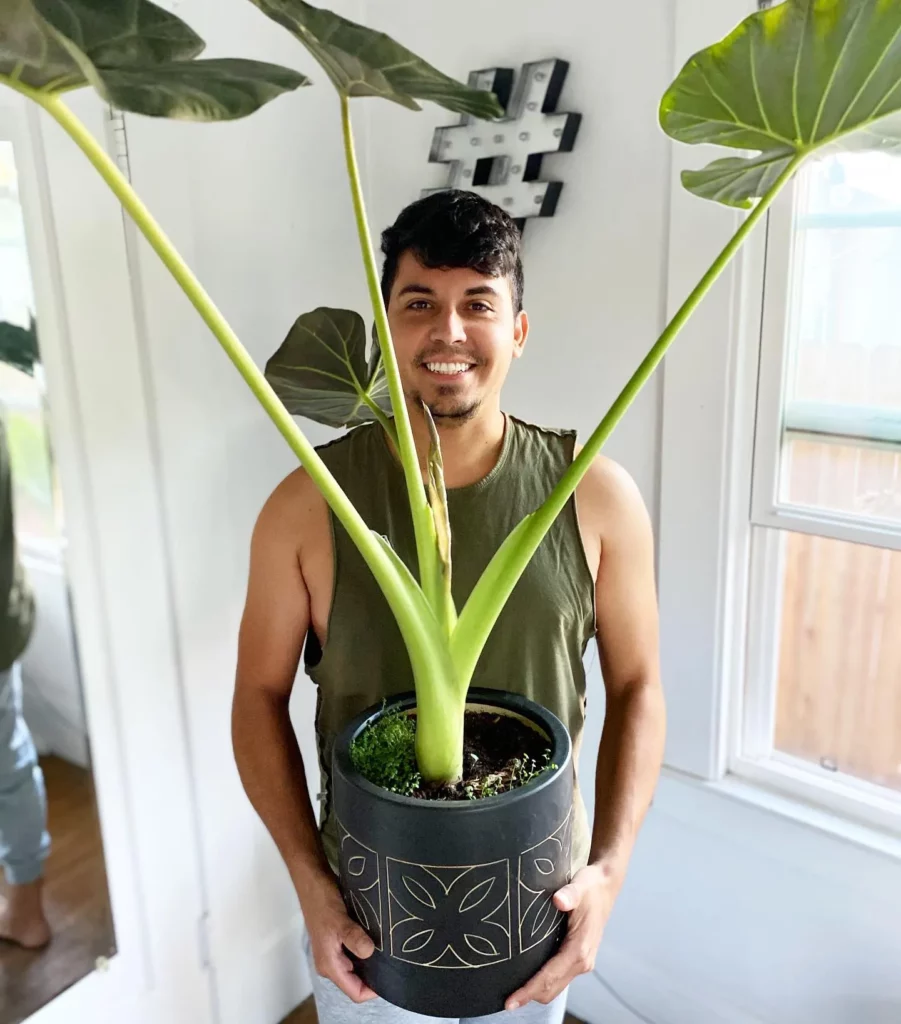
If you live in a colder climate where elephant ear plants are not hardy, it’s important to protect them from frost and overwinter them indoors. Follow these steps to ensure your elephant ear plants survive the winter:
Prune Back Foliage:
Before the first frost, prune back the foliage of your elephant ear plants. Cut off the leaves, leaving only a few inches of stem above the soil. This helps the plant conserve energy and reduces the risk of frost damage.
Dig up and Store:
After pruning, carefully dig up the rhizomes or tubers of the elephant ear plants. Shake off any excess soil and inspect the roots for any signs of damage. Place the rhizomes or tubers in a cool, dry location for the winter, such as a basement or garage.
Provide Adequate Light:
During the winter months, it’s important to provide your elephant ear plants with adequate light to prevent them from becoming leggy or weak. Place them near a sunny window or use artificial grow lights to ensure they receive the necessary light for growth.
No products found.
Maintain Appropriate Humidity:
Elephant ear plants prefer high humidity levels. To mimic their natural environment, you can use a humidifier or place a tray of water near the plants. This helps to prevent the leaves from drying out and maintains the overall health of the plant.
| Cold Tolerance | Frost Protection | Indoor Care |
|---|---|---|
| Elephant ear plants are not tolerant of cold temperatures and can be damaged or killed by frost. | Pruning back the foliage before the first frost helps protect the plant from frost damage. | During the winter months, provide adequate light and maintain appropriate humidity levels for indoor elephant ear plants. |
Tips for Growing Elephant Ear Plants in Containers
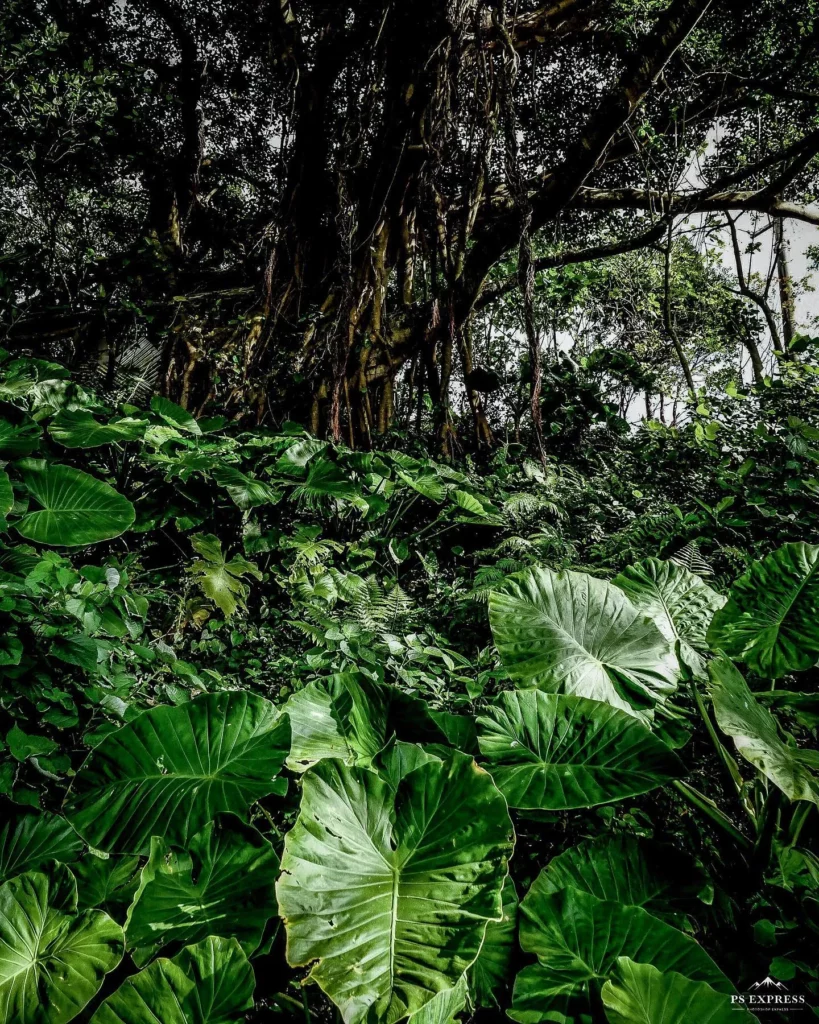
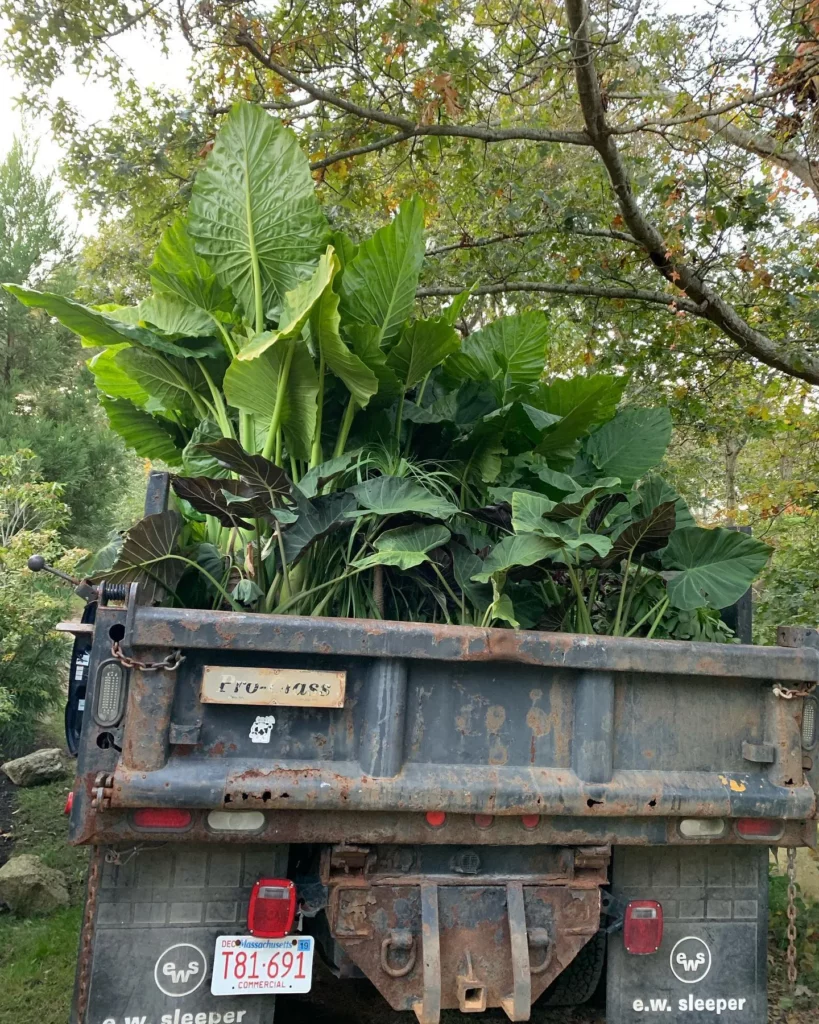
Container gardening is an excellent way to cultivate elephant ear plants, whether you have a patio or want to bring the greenery indoors. To ensure the success of your container-grown elephants ear plants, there are a few key tips to keep in mind.
First, choose a pot with adequate drainage to prevent waterlogging and potential root rot. Opt for a potting mix that strikes a balance between retaining moisture and draining well. This will provide the ideal growing medium for your plants.
Container-grown elephant ear plants may require more frequent watering due to increased evaporation. Keep an eye on the moisture levels in the soil and water accordingly to prevent the soil from drying out. Regular monitoring is crucial for maintaining optimal moisture levels.
Finally, consider using large containers to accommodate the plant’s growth. Elephant ear plants can develop an impressive size, so it’s important to provide enough space for their roots to spread out. This will help ensure the plant’s overall well-being and promote healthy growth.
FAQ
How do I care for my elephant ear plant?
To care for your elephant ear plant, ensure it receives adequate sunlight, keep the soil moist but not soggy, fertilize regularly during the growing season, and repot every few years if needed. Additionally, monitor for pests and diseases and provide winter protection in colder climates.
What are the types of elephant ear plants?
Elephant ear plants belong to the genera colocasia, alocasia, and xanthosoma. They are commonly known as elephant ears, taro, and coco yam.
How big do elephant ear plant leaves get?
The size of elephant ear plant leaves can vary depending on the variety, with some reaching up to 5 feet long.
What colors do elephant ear plant leaves come in?
Elephant ear plant leaves come in various colors, including green, black, purple, and chartreuse. There are also variegated varieties available with unique patterns of color on the leaves.
What light requirements do elephant ear plants have?
Elephant ear plants can be grown in full sun to partial shade, but they prefer a location with part shade or dappled sun. Cultivars with darker leaves require more sun to maintain their color.
How often should I water my elephant ear plant?
Elephant ear plants thrive in consistently moist soil. Water when the top inch of soil has slightly dried out, and avoid overwatering or allowing the soil to become waterlogged.
How often should I fertilize my elephant ear plant?
Elephant ear plants are heavy feeders and require regular fertilization every two to three weeks during the growing season with a water-soluble, high-nitrogen fertilizer. No fertilizer is needed during the winter months when growth slows down.
What type of potting mix should I use for my elephant ear plant?
Elephant ear plants should be potted in a well-draining mix that retains moisture but does not become waterlogged. Adequate drainage is crucial to prevent root rot.
How can I propagate my elephant ear plant?
Elephant ear plants can be propagated through division, using tubers, tissue culture, or seed, depending on the variety. Each method has its own requirements and success rates.
How fast do elephant ear plants grow?
Elephant ear plants have a moderate growth rate and can produce one new leaf every month during the active growing season. They may go into a period of dormancy during colder months, where the foliage may wither and die back.
What pests and diseases should I watch out for with my elephant ear plant?
Elephant ear plants can be susceptible to fungal leaf blight and root rot. Regular monitoring, proper care, and maintaining good air circulation can help prevent these issues. Treatments should be applied if pests or diseases are detected.
How do I overwinter my elephant ear plant?
In colder climates, elephant ear plants need to be protected from frost by pruning back the foliage before the first frost and storing them in a cool, dry location for the winter. Indoor care during the winter months includes providing adequate light and humidity.
Can I grow elephant ear plants in containers?
Yes, elephant ear plants can be grown in containers. Use a pot with adequate drainage and a potting mix that retains moisture but drains well. Regular monitoring and care are important in a container environment.

